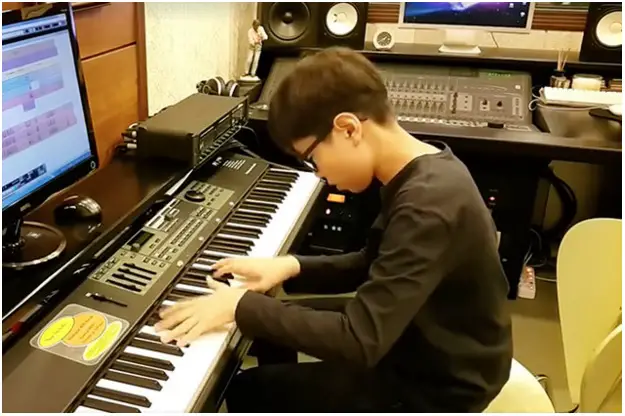
Want to learn your favorite songs/pieces effectively? You must learn to play the pieces at a lower tempo first.
Tip for Beginners
Learning to play a musical instrument takes time, and in the beginning most students struggle to learn new pieces.
One tip for learning new songs is to break down the song into smaller chunks, learn to play those smaller chunks, and then tie up them altogether.
Do not worry (too much) about the suggested tempo (speed) of the song.
Once you have learnt to play the entire song at a lower tempo, you can then focus on playing the song at the right tempo.
Tip for Talented Kids
I have seen many talented kids, who play a music instrument (piano, guitar, violin, etc), play at a faster tempo than what is required.
They usually try to play very fast, and in the process ignore the expressions.
There are some kids who learn fast and display impressive skills in a matter of few months.
They know all the pieces that are expected from them at that age, the know how to play the various scales, and even know how to play popular classical pieces.
As they go about learning more concepts, music theory, etudes and more pieces, its also important to teach them to play slowly (at a slower tempo that what is suggested).
It is because, in their quest to play fast, they miss out on the expressions, because of which their playing sounds very mechanical.
I understand that it is expecting too much from a child, because for many, learning to play a musical instrument itself is a big achievement. A large number of students are going to drop out after a few months.
And if someone is able to play the piano, guitar or any other instrument at a very young age, then that is something that should be appreciated.
The point I am trying to make is that any student, who is obviously showing good skills, if he comes back to you (the music teacher) and says what can I learn next, it doesn’t have to be a new piece/song.
You can ask him to take a piece that he already knows and ask him to play at a slower tempo. For example, he could take Mozart’s Turkish March or The Entertainer and play it at a slower tempo.
There are many kids who can play these songs, in fact many of them are able to play it faster than the suggested tempo. But they are not able to add the emotional element; they miss out on the expressions.
That is why it is important that they also learn to play the song at a slower tempo, so that they can carefully observe the dynamics and incorporate them in their playing.
The ‘expressions’ part is something that they are not going to learn overnight; its definitely going to take time, but its good to know areas of improvement.
Its also a good idea to make them listen to those pieces, performed by experienced artists, so they know how its supposed to sound like.
I remember watching a video in which a child plays the Turkish March blindfolded (after Chopins’ Fantasie Impromptu, which he plays beautifully). No doubt Turkish March is a piece that needs to played at a faster tempo, but in this case he seemed to be in a hurry to finish the piece, trying to show that he can play blind folded.
One of the comments on the video is “Music and art is not a competition nor a sport. He is playing skillfully but I don’t hear the beauty in his playing, it doesn’t touch my heart. Maybe over time he will find his voice and open his personality.”
The above comment more or less sums up what I am trying to say. There were many who got offended by that comment with many asking, did he even know how to play “Twinkle Twinkle Little Star” at that age.
But as I said, the point is of course not to criticize but to make such students aware that besides speed, its equally important to add in the emotional factor.
Jacintha is a singer and teacher, she takes piano and vocal lessons, sings for gigs, and also helps manage all the music requirements at her local church. Read more here.



Leave a Reply